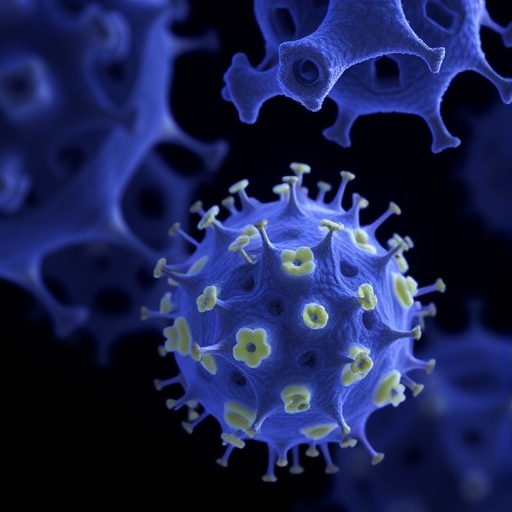The aim of the present article is to compare the structural features of a particular group of pyridoxal 5'-phosphate-dependent decarboxylases, namely the group II ?-decarboxylases. These enzymes are: aromatic amino acid, cysteine sulfinic acid, glutamate and histidine decarboxylases. They are involved in the synthesis of dopamine/serotonin, hypotaurine, ?-aminobutyric acid and histamine, respectively, molecules known to play essential biological roles. Dopamine and serotonin as well as ?-aminobutyric are essential neurotransmitters, histamine and hypotaurine play several roles in many physiological and pathological processes.
Despite a common fold-type, these decarboxylases have evolved specific structural elements responsible for their unique substrate preference. The effort of this review is to combine a literature update with bioinformatic analyses in order to point out the determinants of the structural basis for substrate specificity as well as the importance of some residues/regions for the catalytic competence. We find that all of them share a mobile catalytic loop, and that two of them (aromatic amino acid and glutamate decarboxylases) undergo an open-to-close conformational change when the coenzyme binds to the protein moiety in the so-called apo-to-holo transition.
Drawing attention on these elements is crucial in correlating subtle structural modifications to functional properties for the understanding, at a molecular level, of a pathological condition. For example, residues of the mobile loop as well as those involved in the apo-to-holo transition could be considered preferential targets for planning aimed drug-design or for developing a pharmacological chaperone approach. This represents an urgent task given the increasingly important role played by these decarboxylases in several different pathological states: autoimmune diseases, type I diabetes, Parkinson's disease, aromatic amino acid decarboxylase deficiency, Tourette's syndrome and cholangiocarcinoma. Thus, this research approach is of topical interest in the purpose of fine tuning the therapy for different diseases.
###
For more information about the article, please visit: http://www.eurekaselect.com/147598
Reference: Paiardini, A.; (2017). New Insights Emerging from Recent Investigations on Human Group II Pyridoxal 5'-Phosphate Decarboxylases. Current Medicinal Chemistry., DOI: 10.2174/0929867324666161123093339
Media Contact
Faizan ul Haq
[email protected]
@BenthamScienceP
http://benthamscience.com/
############
Story Source: Materials provided by Scienmag




